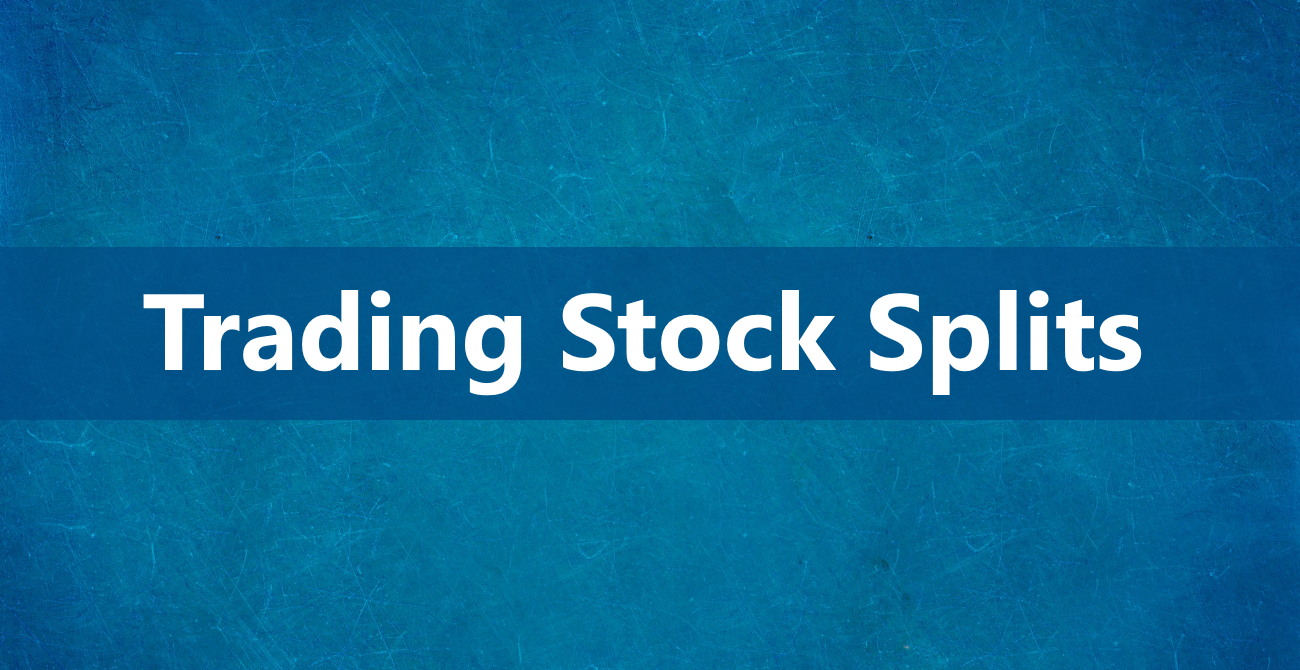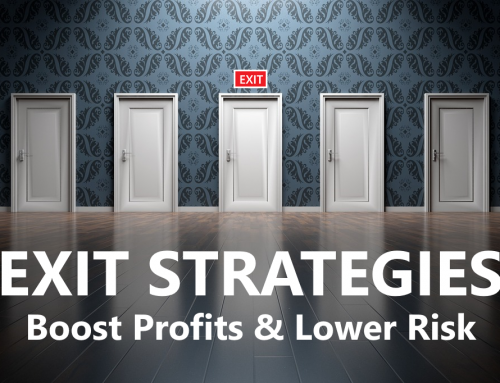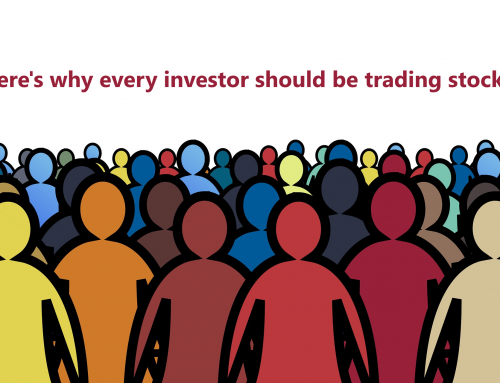Stock splits offer excellent trading opportunities for traders and investors who understand the market impact of these dynamic events. Though some might think that a stock split is simply an accounting function that has no bearing on the stock value, research shows that stock splits frequently have a positive effect on share prices.
Company executives and boards of directors realize that splits are one of the most powerful marketing and investor relation tools ever invented. Splits make shareholders feel great, and engender a sense of increased wealth, with little expense to the company. A stock split is more than a one-time transaction; it’s a powerful progression in value and goodwill for shareholders.
Why Stock Splits Work for Informed Traders
>> The split announcement draws attention to a company’s success, which results in increased buying and higher share prices.
>> Companies will often post positive earnings reports and raise dividends at the same time that they announce a split, which often drives the price of the stock up even more.
>> The reduced price per share after the split attracts many smaller investors.
>> With so many news and information services reporting splits, the announcements themselves have become a market-moving force.
Stages of a Stock Split
|
PRE-ANNOUNCEMENT |
Stocks usually enter this stage quietly and without fanfare after a long period of healthy earnings growth. However, in some cases emergence into the Pre-Announcement stage occurs quickly, as unexpected events or windfalls cause rapid increases in the stock price. This stage is often associated with great appreciation in share value. The key to profiting from this stage is being able to determine which stocks are the most likely to split and when. –> |
|
ANNOUNCEMENT
|
The positive publicity surrounding the announcement of a planned stock split usually attracts a large number of new buyers. This influx of traders and investors often drives the stock price higher, giving exceptional price increases for those positioned in the stock prior to the announcement. |
|
DORMANCY
|
There is generally a return to normal price behavior in the weeks following a split announcement as the initial interest subsides and traders take some profits. The shorter the period of time between the announcement and the split date, the less subdued this stage will be. |
|
PRE-SPLIT RUN
|
For many stocks this is the most powerful phase of the split cycle as investors dramatically bid up the price of the limited supply of shares. |
|
SPLIT EXECUTION
|
The day of the stock split provides the final announcement to the public that the stock has split. Many investors who watched the stock rise at the announcement and again during the pre-split run will now buy shares at the lower split prices. These final buyers will push prices even higher. |
|
POST-SPLIT DEPRESSION
|
After the last buyers have taken positions, investor interest in the stock begins to fade along with the excitement surrounding the split. Prices will often retreat as shares are sold to lock in profits. This stage frequently offers excellent shorting opportunities. |






